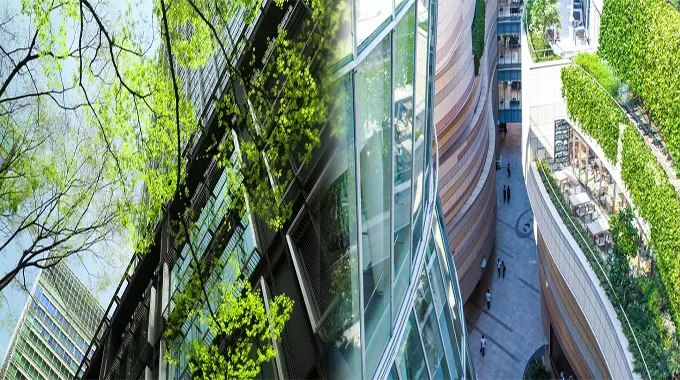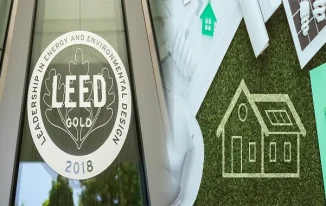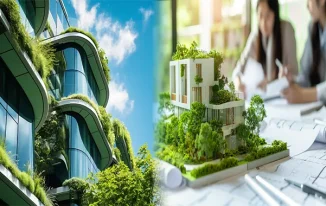Green building practices have gained considerable attention in recent years due to their positive impact on the environment and their potential to contribute to energy efficiency and sustainability. By incorporating eco-friendly design and construction techniques, green buildings offer a wide array of benefits that extend beyond reducing energy consumption. Let’s explore the various advantages of green building for energy efficiency and sustainability.
1. Reduced Energy Consumption
One of the primary benefits of green building is its ability to significantly reduce energy consumption. By integrating energy-efficient appliances, lighting, and HVAC systems, green buildings minimize the use of electricity and fossil fuels, leading to lower utility bills and decreased reliance on nonrenewable energy sources.
2. Lower Operating Costs
Green buildings are designed to optimize resource use, leading to lower operating costs over the long term. Features such as natural daylighting, advanced insulation, and energy-efficient technologies result in reduced maintenance and utility expenses, making green buildings a cost-effective choice for property owners and tenants.
3. Environmental Conservation
Green building practices prioritize the conservation of natural resources and the protection of the environment. By utilizing sustainable materials, implementing efficient waste management systems, and promoting water conservation measures, green buildings minimize their ecological footprint and contribute to the preservation of biodiversity and ecosystems.
4. Improved Indoor Air Quality
Green buildings prioritize the health and well-being of occupants by promoting superior indoor air quality. Through the use of non-toxic building materials, proper ventilation systems, and pollutant-reducing technologies, green buildings create a healthier indoor environment, reducing the risk of respiratory issues and enhancing occupant comfort and productivity.
5. Enhanced Resilience and Durability
Green building techniques focus on creating structures that are resilient to environmental challenges and are built to last. By incorporating durable, weather-resistant materials and designs that can withstand natural disasters, green buildings reduce the need for frequent repairs and replacements, thereby minimizing waste and conserving resources.
6. Positive Community Impact
Green buildings have a ripple effect on their communities, serving as models for sustainable development and inspiring others to adopt eco-friendly practices. By promoting environmental stewardship and social responsibility, green buildings contribute to the overall well-being of their neighborhoods and encourage a culture of sustainability within their communities.
7. Regulatory Incentives and Certifications
Many governments and regulatory bodies offer incentives and certifications for green buildings, such as tax credits, grants, and expedited permitting processes. These incentives not only promote the adoption of sustainable building practices but also provide financial benefits for property developers and owners who invest in green building initiatives.
Green building practices offer a multitude of benefits for energy efficiency and sustainability, ranging from cost savings and environmental conservation to improved occupant health and community impact. By embracing green building principles, individuals and organizations can contribute to a more sustainable future while enjoying the long-term advantages of eco-friendly and energy-efficient structures.














